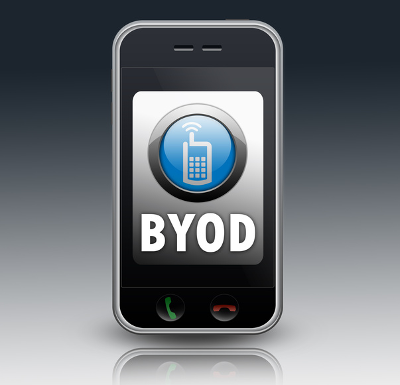Let’s face it; running a business can be expensive, and taking any measures possible to mitigate those costs can have huge benefits for your bottom line. One way companies are minimizing costs is by implementing a Bring Your Own Device policy, or BYOD, to allow employees to use their own personal devices for work purposes. We’re here to help you do so without putting security at risk.
Network Synergy Blog
One of the most effective means for a business to shave a few dollars off its budget (and potentially boost employee engagement, for that matter) is to adopt something called a Bring Your Own Device policy—effectively, an agreement that allows their team members to access business-owned documents and files on devices they personally own to get their work done. While these policies have been shown to be very effective, they also need to be carefully considered so they can be adopted appropriately.
There are a lot of benefits to implementing a Bring Your Own Device policy for your business. Firstly, people will be able to use the devices that they’ve purchased, and have grown accustomed to, for work. Moreover, many times they can access company information with the use of easy-to-use mobile apps, providing them with more opportunities to be productive. In fact, many organizations that install a BYOD policy see the majority of their workforce work more, which creates more opportunities for revenue growth, and ultimately, higher profitability of the endeavor.
Mobile devices are so common nowadays that you’ll likely encounter your employees bringing multiple devices to the office on a regular basis. Little do they know that everything they bring with them, from their Fitbit to their laptop, poses a security threat. Of course, the threat level from each individual device will depend on what it is exactly, but the point stands that the less you do about mobile device security now, the more danger your organization will be in down the road.
BYOD, or Bring Your Own Device, policies have proven to be a highly effective way for companies to save money. However, these policies need to address some of the shortcomings, potential costs and issues that comes with employees bringing and using their own devices could present to your business--not to mention security concerns.
















